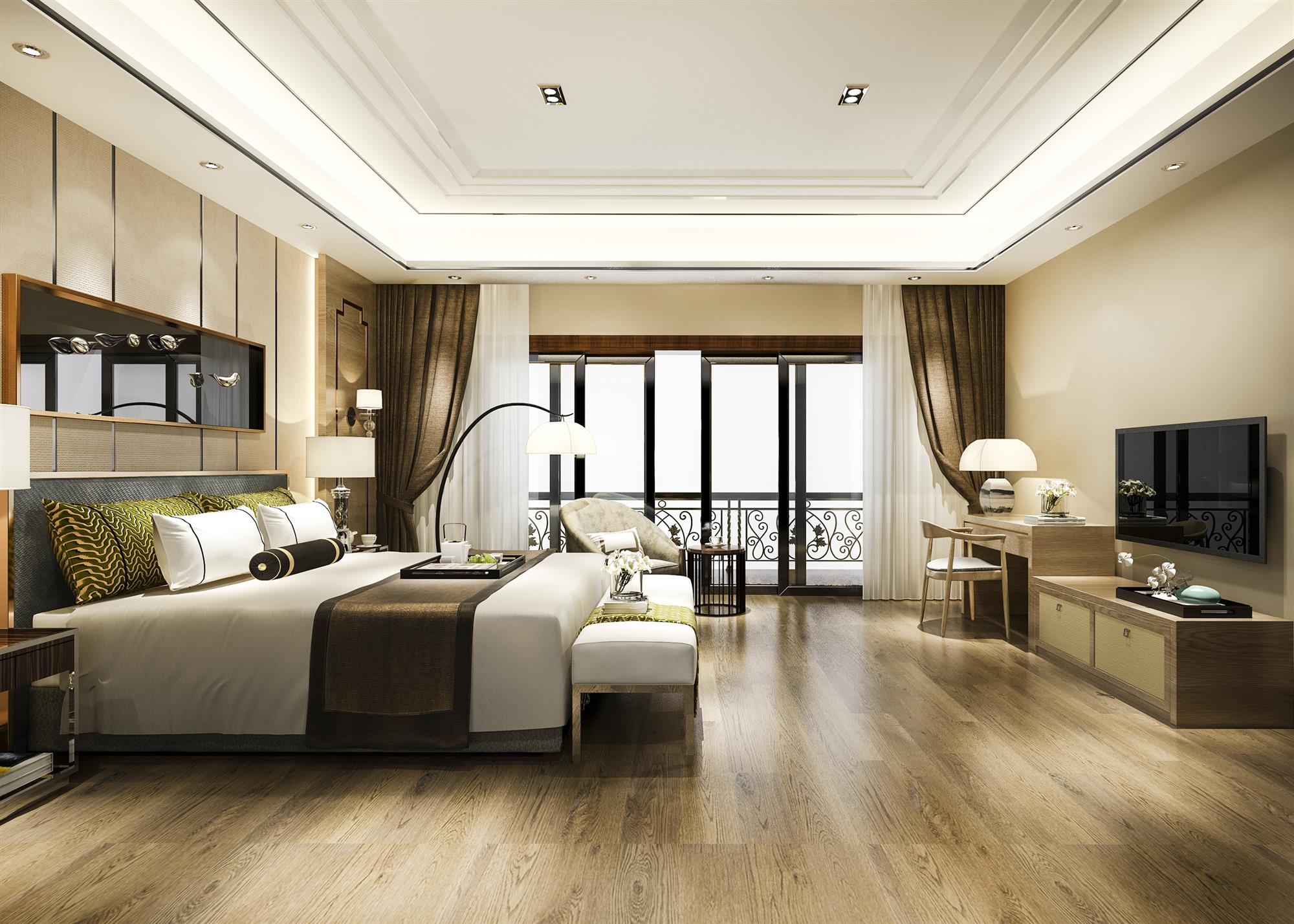The pandemic has drastically transformed our lives, especially our perception and awareness about health and safety in our environment. Rising pollution levels and deteriorating air quality were a matter of concern even before the ongoing pandemic. However, having read and heard so much about the impact of aerosols, particulate matter, microns, etc. in the post-COVID era, we now finally understand the relevance of having cleaner & safer air to breathe even when we are indoors.
Customers at hotels and malls or even people visiting offices and other buildings will soon start choosing places to stay, shop or visit based on the ‘indoor air quality (IAQ)’ at the premises. While we have had flu for many decades, with COVID’s mortality rates and seriousness, we will all start looking at IAQ far more seriously going forward.

In fact, we believe that corporate customers will soon start demanding safe/good quality indoor air while choosing hotels for their employees and may even be willing to pay more for this additional facility to ensure the safety of their employees. The question, ‘how clean is the air at the hotel?’, will soon become an integral part of the RFP process.
Hoteliers have started investing in air purifying systems at the hotels to give guests the confidence that the air they are breathing is ‘safe’ and ‘clean’. These systems along with regularly monitoring the air quality and putting dashboards in rooms and public areas to openly communicate the hotel’s IAQ and other parameters such as the number of times the air is changed in the HVAC system will be key to reassuring guests in the post-pandemic world.
In the recent past, we have seen the aviation industry leveraging this strategy, wherein both major aircraft makers & airlines advertised about the cabin air quality, filters, and exchange of fresh air in the cabin to reassure passengers. Very soon, this will become a major marketing tool even in the hotel sector. As ‘clean & safe air’ becomes a competitive advantage, hotel marketing teams will create campaigns to communicate the IAQ and safety parameters for ‘safe air’ inside their hotels to attract and retain loyal customers.
Customers at hotels and malls or even people visiting offices and other buildings will soon start choosing places to stay, shop or visit based on the ‘indoor air quality (IAQ)’ at the premises. While we have had flu for many decades, with COVID’s mortality rates and seriousness, we will all start looking at IAQ far more seriously going forward.

Source: Freepik
In fact, we believe that corporate customers will soon start demanding safe/good quality indoor air while choosing hotels for their employees and may even be willing to pay more for this additional facility to ensure the safety of their employees. The question, ‘how clean is the air at the hotel?’, will soon become an integral part of the RFP process.
Hoteliers have started investing in air purifying systems at the hotels to give guests the confidence that the air they are breathing is ‘safe’ and ‘clean’. These systems along with regularly monitoring the air quality and putting dashboards in rooms and public areas to openly communicate the hotel’s IAQ and other parameters such as the number of times the air is changed in the HVAC system will be key to reassuring guests in the post-pandemic world.
In the recent past, we have seen the aviation industry leveraging this strategy, wherein both major aircraft makers & airlines advertised about the cabin air quality, filters, and exchange of fresh air in the cabin to reassure passengers. Very soon, this will become a major marketing tool even in the hotel sector. As ‘clean & safe air’ becomes a competitive advantage, hotel marketing teams will create campaigns to communicate the IAQ and safety parameters for ‘safe air’ inside their hotels to attract and retain loyal customers.

0 Comments
Success
It will be displayed once approved by an administrator.
Thank you.
Error